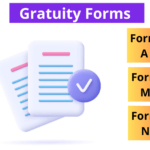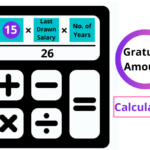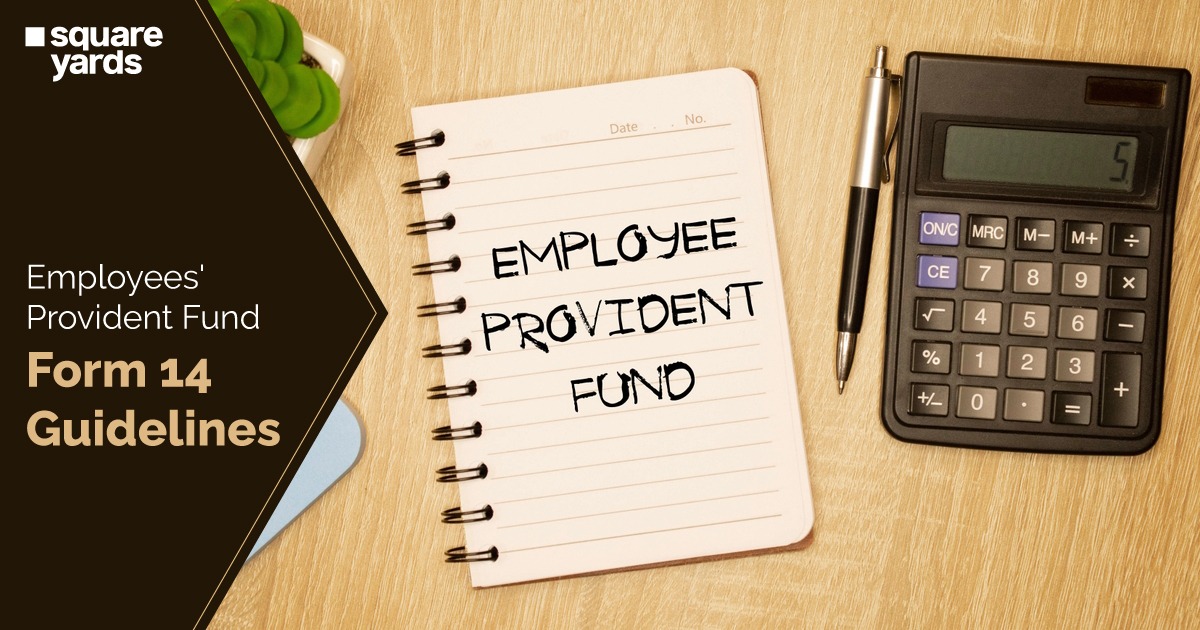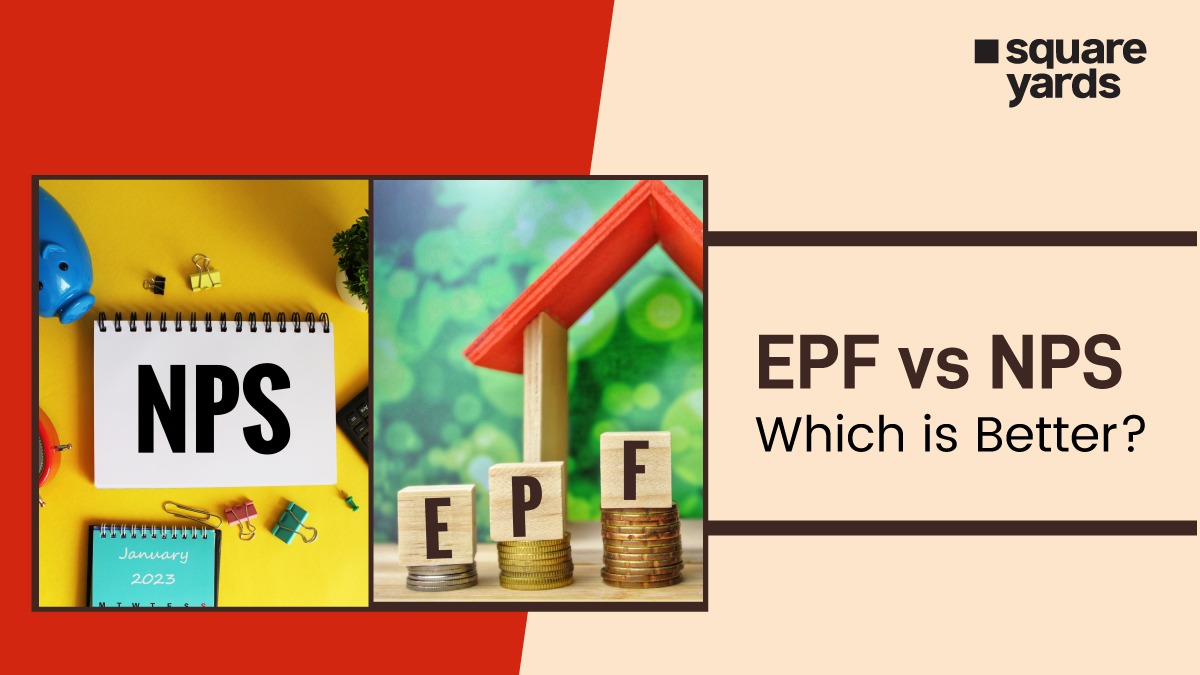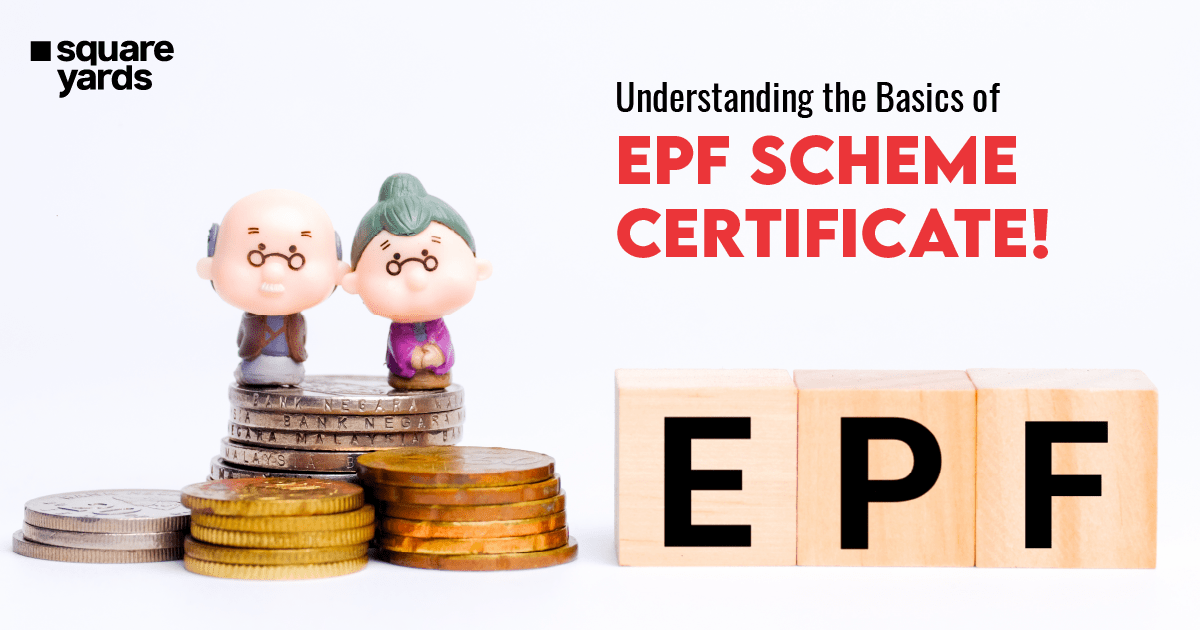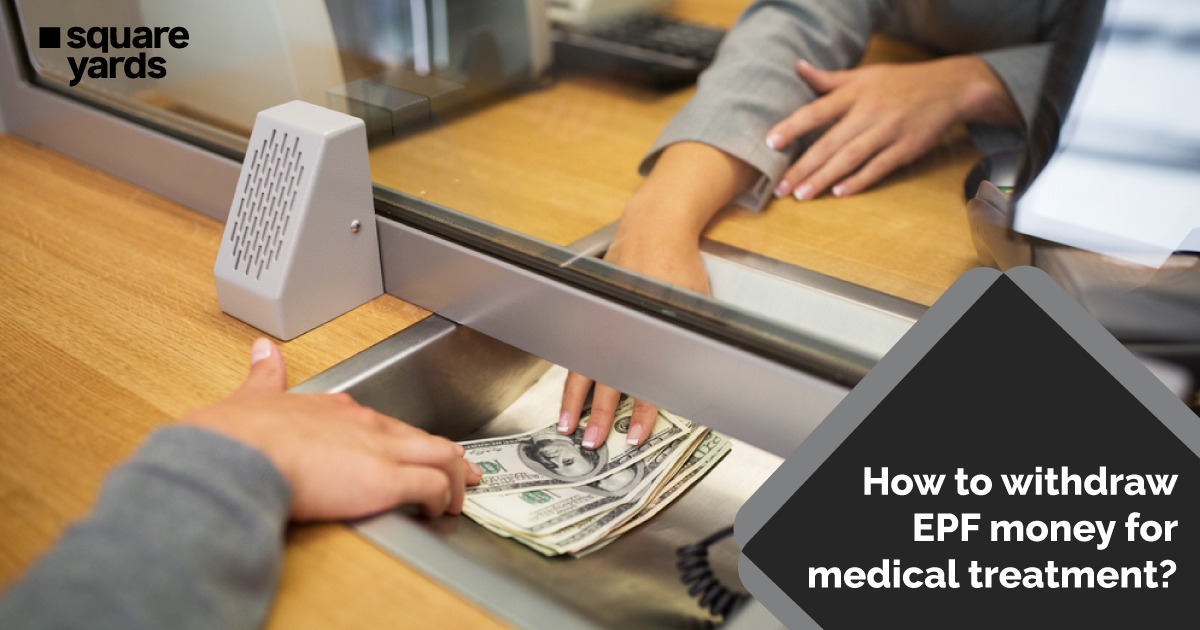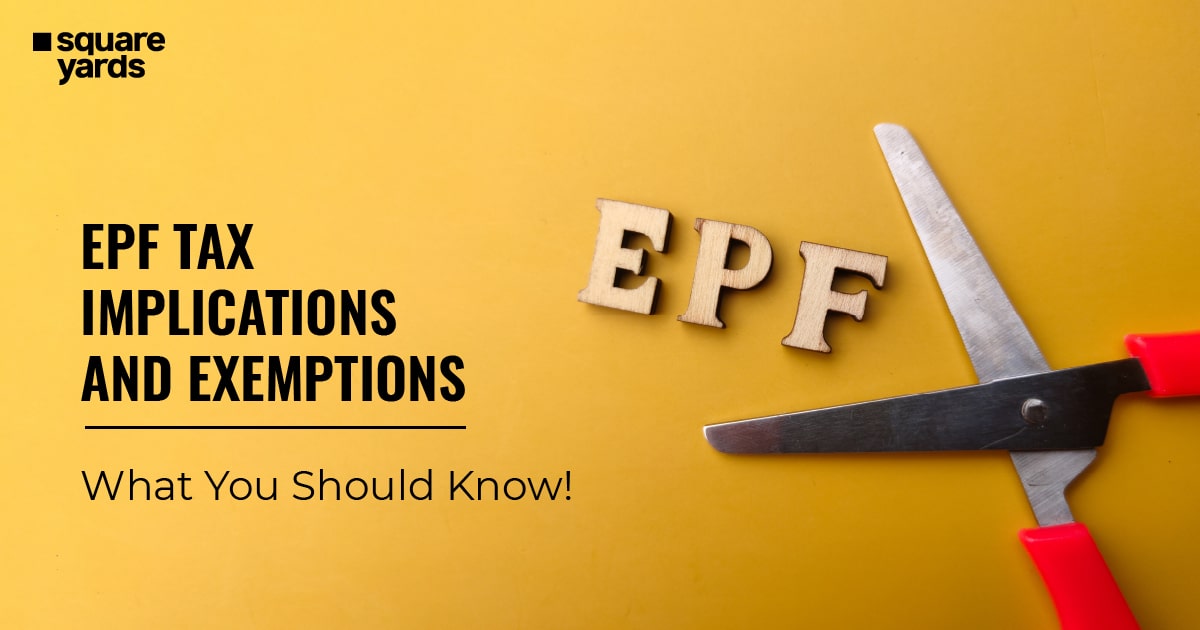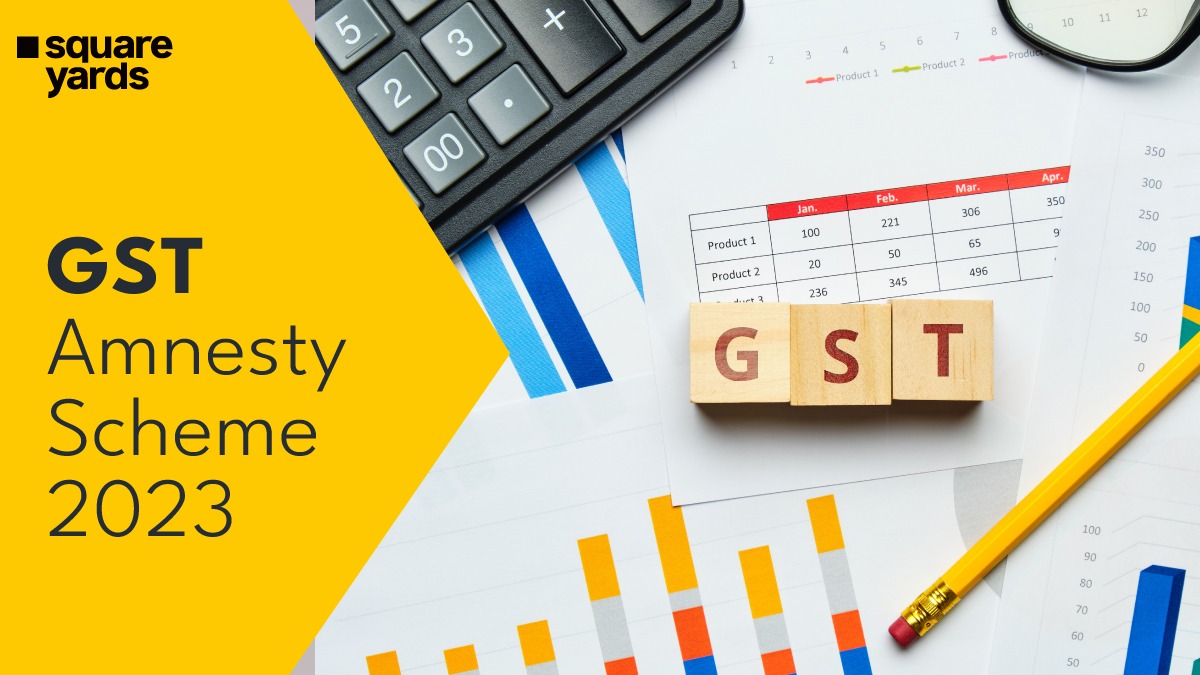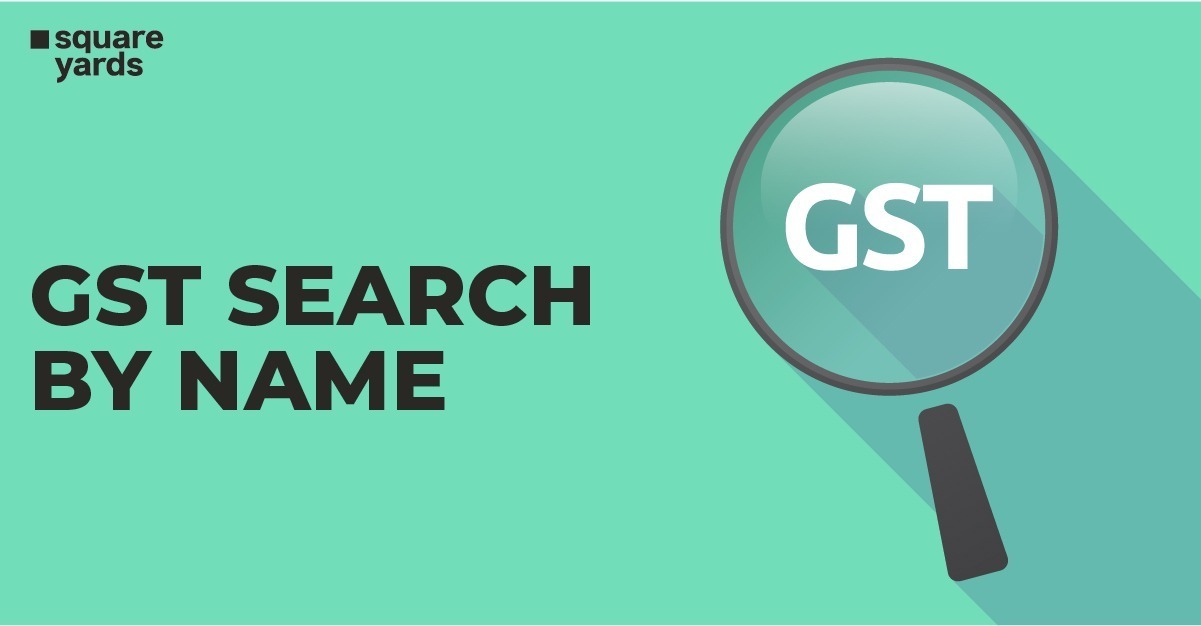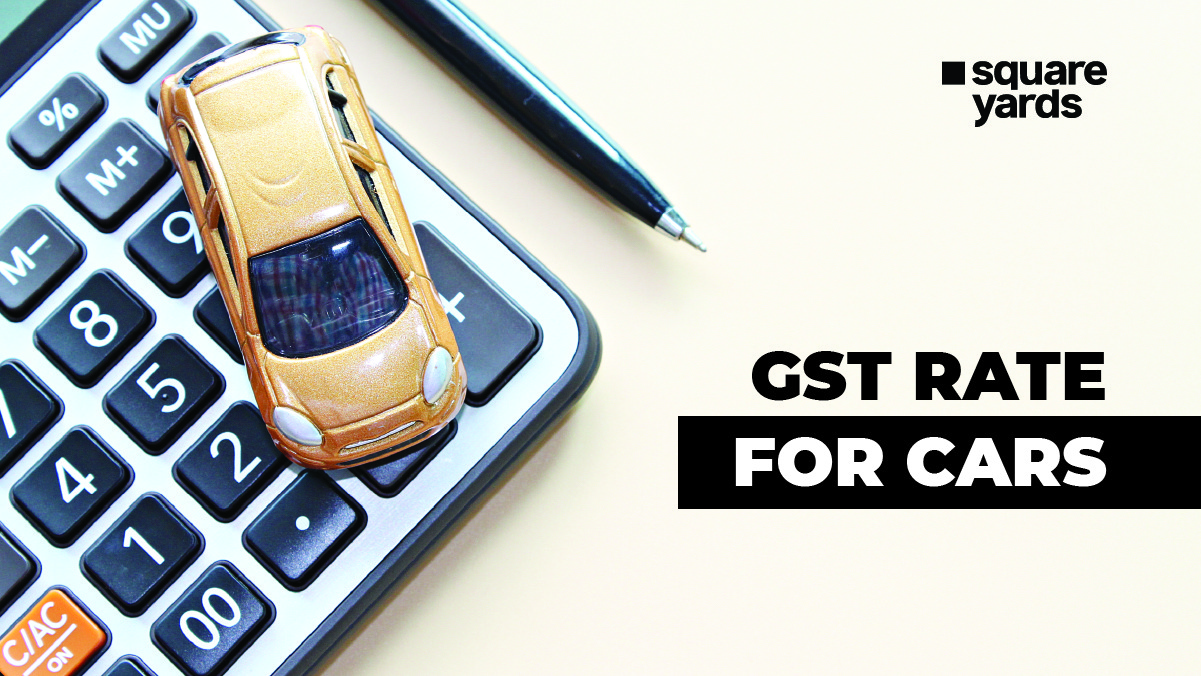Are you aware of Gratuity? If yes, do you know how much Gratuity is taxable? Do you know when and how an individual becomes eligible for a gratuity amount?
If not, then don’t waste your time and read the complete information to have complete knowledge of gratuity, requirements, criteria, gratuity tax calculator, and much more.
Also, the laws and amendments are updated from time to time so make sure to keep your knowledge up to date with our “Gratuity Taxable” blog and the Payment of Gratuity Act, 1972.
What is Gratuity Taxable?
Gratuity works as an appreciation from the employer’s side to all of his or her employees for serving the company more than five years or giving a huge part of their life for the company.
Recently it was also updated by Central and State governments that they have increased the limit of gratuity amount that will be excluded from the tax. The amount was ten lakh rupees previously but now it is twenty lakh rupees. This amendment came into action on 8 March 2019. This rule is also applicable for any employee who resigned or retired or is no more. Therefore, we can say that the tax on gratuity on resignation is excluded.
What is the eligibility criteria for the payment of Gratuity?
Here are some points for an employee considerable for a gratuity amount:
- Suitable as per superannuation.
- Retirement
- Resigns after working for five years for the same employer.
- If the employee is no more or suffers physical issues hence not able to work..
Benefits for employee covered under the Gratuity Act
Every person working in any establishment (factories, mines, railways, airports, shops, plantations, or educational institutions) with more than ten or more workers than the employees are eligible for gratuity if they are working continuously for over a year.
And, if the employer falls under the Gratuity Act then the employer will have to pay gratuity to every employee even if there are no more than ten employees.
Gratuity exemption calculation:
- (Basic salary and Dear allowance) x no. of the years an employee has served x 15 / 26
- Twenty Lakh Rupees as per latest amendments.
- The actual amount of gratuity received.
For an Instance: If the last drawn salary of an employee is Rs. 60,000 and that individual is employed for eighteen years then he is eligible to receive six lakh rupees.
| Serial Number | Details | Earlier Applicable Rules | Latest Applicable Rules |
| 1 | What is the last drawn salary as per Basic & DA | One Lakh | One Lakh |
| Years of employment served | Served Twenty Years | Served Twenty Years | |
| Gratuity | (1,00,000*20*15)/26 = Rs. 11,53,846 | (1,00,000*20*15)/26 = Rs. 11,53,846 | |
| 2 | What is the maximum exemption allowed? | Ten Lakh | Twenty Lakh |
| 3 | Total Gratuity Actual Receive | Eleven Lakh | Eleven Lakh |
| What is the total gratuity tax amount exemption? | Ten Lakh | Eleven Lakh | |
| What is the Taxable Gratuity? | One lakh |
Note: The number of years will be rounded off to next year if they are more than 6 months.
The last drawn salary will decide the amount of fifteen days salary for every completed year served by the employee.
What if employees are not covered under the Gratuity Act?
At present, no such law is made by the Indian Government which can stop any employer from paying the gratuity amount to their employees, even if the establishment is not registered under the payment act of gratuity.
Gratuity tax exemption:
- 10 months average salary x years served x 1/2
- Ten lakh rupees (Gratuity tax free limit is not increased up to Rs. 20 lakh for employees not covered under the Gratuity Act)
- Total Gratuity Received
For an Instance: If the employee’s last drawn 10 months salary is Rs. 90,000 and he or she is working for twenty-five years and two months then the entire actual gratuity receivable by him will be eleven lakh rupees.
| Serial Number | Details | Total Amount |
| 1 | What is the last ten month’s salary average of the employee? | Ninety Thousand Rupees |
| Years of employment served | Twenty-five years | |
| Gratuity | As per the formula, (90,000*25*1)/2 = 11,25,000 | |
| 2 | What is the maximum exemption allowed? | Ten Lakh |
| 3 | Total Gratuity Actual Receive | Eleven Lakh |
| What is the total gratuity tax amount exemption? | Ten Lakh | |
| What is the Taxable Gratuity? | One Lakh |
Note: Salary of last 10 months is considerable.
The number of years will be automatically rounded off to next year if more than 6 months.
Benefit for Government Employees
The most important benefit for every government employee is that they don’t have to pay any tax. Or in other words, they don’t have gratuity taxable under income tax. Their gratuity amount is free from tax.
Private Sector Employees
For all the private sector employees, they will receive the gratuity according to the terms of employment under the Payment of Gratuity Act, 1972. Here is the formula for calculating the gratuity.
Formula for Tax Treatment of Gratuity: Average salary of last ten months / 30 * 15 * Number of years completed in the company.
How much Gratuity Amount Received During Service Period?
According to the latest gratuity rules employees who have completed five or more years under a single employer then they are eligible for gratuity. But this condition is not applicable if the employees somehow die or become disabled while in the service.
How to calculate gratuity if an employee is no more?
If any individual working for a company and due to some reasons departed his ways from this world then according to the gratuity tax calculator, there will be no tax on the gratuity amount. But if the maximum amount exceeds the limit of tax exemption by twenty lakh rupees then the family of the departed person will have to pay some tax.
| Years Served | Payable Amount |
| < 1 year | Last drawn Basic Salary x 2 |
| 1< 5 years | Last drawn Basic Salary x 6 |
| 5 < 11 years | Last drawn Basic Salary x 12 |
| 11< 20 years | Last drawn Basic Salary x 20 |
| 20 < years | ½ of basic salary for each 6 month period. Maximum limit 33 times |
Don’t Miss Out
What is Gratuity in Salary and How to Calculate?
Nomination Facility
Any employee can apply for the nomination facility. They just have to fill the Form F and write all the required information about the nominee under the payment to gratuity act. The employee has to send the form F to its employer.
Further, it is a good practice if companies keep all the information about the employees nomination practice in case of their death or any other accident incident.
How much amount received after once the employee retires?
There are two instances about the gratuity amount received by the employee after their resignation.
For government Employees:
- They must serve for five years or more.
- No gratuity amount is taxable up to twenty lakh rupees.
Formula: Retirement Gratuity = one-fourth month’s basic salary and dearness allowance on the day and date of retirement for every six months completed by the employee.
- And, an individual who has served thirty-three years or more will have gratuity calculated as:
Retirement Gratuity = sixteen and a half times of the basic pay and DA up to the cap of twenty lakh rupees.
For non-government Employees:
Gratuity received by the employee while covered under the gratuity act is calculated as:
15 days x DA and basic salary x years served / 26
Gratuity received by the individual and are not covered under the payment gratuity act.
- Limit only up to ten lakh rupees.
- The actual amount received by the employee.
Formula to Calculate Gratuity Tax
All the details one should use to calculate gratuity taxation and the entire amount are mentioned below. However, the amount is variable and depends mainly on the number of years an employee has served in a particular organization and his or her last drawn salary.
Gratuity = (Total years served by the employee in the same company) x (last drawn salary along with dear allowance) x 15 (1/2 month average salary for each year served)/26
How is Gratuity Taxable Amount Calculated?
To calculate the tax on gratuity you first have to calculate your entire gratuity amount. However, for a government employee the entire amount is exempt from tax but these are the requirements for any non-government employee.
Receivable Gratuity Amount –
Here is how you can calculate the gratuity amount:
For Example – If an individual has worked for twenty-one years and had Rs. 30,000 as his or her last drawn salary then,
Gratuity Amount = 21*30,000*15/26 = Rs. 3,63,461.53
Further, as per the rules if the last year of employment also includes more than six months apart from years then they will be rounded off to next year. But if the months are less than six then they won’t be rounded off to next year.
For example – If someone works for 11 years and 5 months then the round-off will be 11 years.
But, if someone worked for 11 years 8 months then the round off will be 12 years.
Here is another instance so that you can clearly understand the estimation along with the formula of gratuity.
Gratuity Amount = (15 * Amount of Last drawn salary x years served) / 30
For Example: If individual works for fourteen years and seven months in a company with the last drawn salary of Rs. 40,000 then the gratuity will be calculated as:
Gratuity Amount = (15 x 40,000 x 13) / 30 = Rs. 2.6 lakh.
The number of years served changed to fifteen because the months is exceeding the limit of six months thus, it was eventually considered as 15.
Now, the total amount must not exceed the gratuity taxable limit which is Rs. 20 lakh.
Lastly, the total amount received by the individual must not be more than the decided gratuity tax exemption limit.
For example – if your gratuity amount is Rs. 24 lakh. You might have to pay the tax on extra Rs. 4 lakh as per standard norms.
What are some key facts about Gratuity?
Here are some fundamental facts about Gratuity.
- An employee can receive a gratuity amount of Rs. 10,00,000 only. Even if the employee has worked in different establishments.
- If an employer wants to give more money than Rs. 10 lakh to the employee then they can name the amount under the name ex-gratia or bonus.
- As per the Interim budget of 2019, old finance minister Mr. Piyush Goyal announced to increase the existing tax-free gratuity which will be limited to Rs. 30 lakh.
- As of the year 2021, Gratuity will be 1/4th of complete remuneration for the first six months completed by the employee in the company. The maximum months are up to sixteen months.
- In case the employee dies, the nominee of the employee will be paid the gratuity amount. The taxation will be done by calculating the receiver’s under the head income from different origins.
- Also, the employer has the right to reject the payment of gratuity if she or he has been asked to leave the job.
FAQs About Gratuity Taxable
Q1. Is gratuity fully exempted from tax?
A1. Gratuity received by the government employees from the government is completely excluded from the tax. And another scenario for tax exemption is – the tax on gratuity on retirement and tax on gratuity on the death of the employee.
Q2. How is taxable gratuity calculated?
A2. Taxable gratuity calculation is done on the basis of a half month’s salary for every year completed by the employee in the company.
Q3. Is gratuity taxable after 5 years?
A3. Whether gratuity is taxable or depends on the amount of money an individual is receiving and not on the number of years. However, as per the latest amendments gratuity tax free up to Rs. 20 lakh throughout an individual service period (doesn’t matter if he switches the company or not). Rs. 20 lakh is the gratuity tax exemption limit.
Q4. Are employer PF and Gratuity taxable?
A4. No, the EPF funds and Gratuity are tax free, especially for a government employee. But for private employees gratuity and EPF funds are taxable. There is only one condition in which there is tax free gratuity for private employees – at the time of retirement or if the employee is no more.








